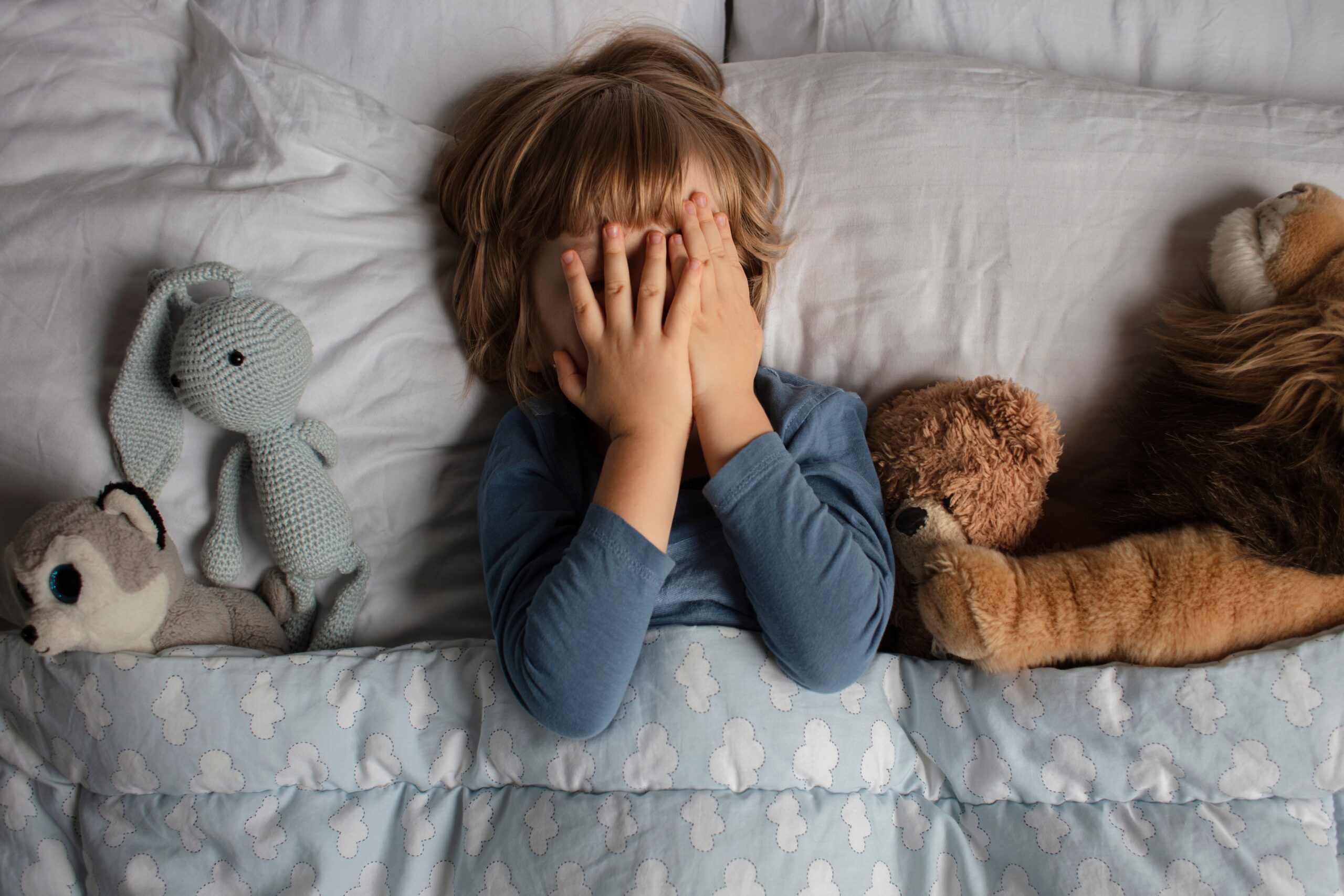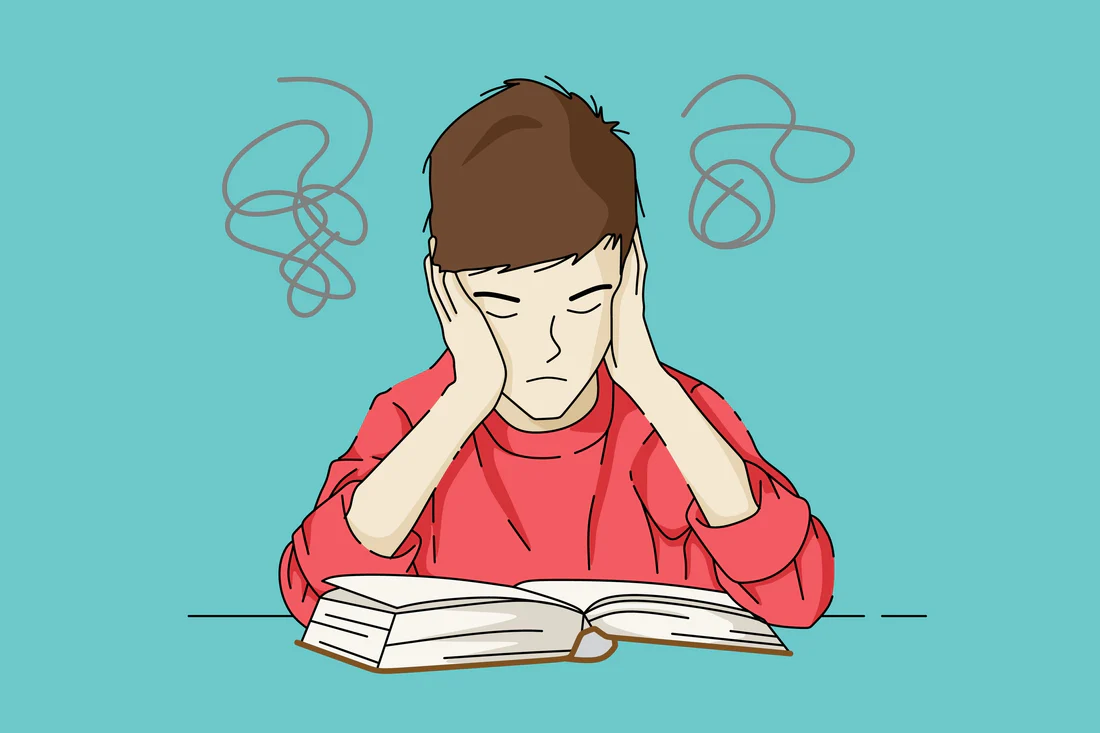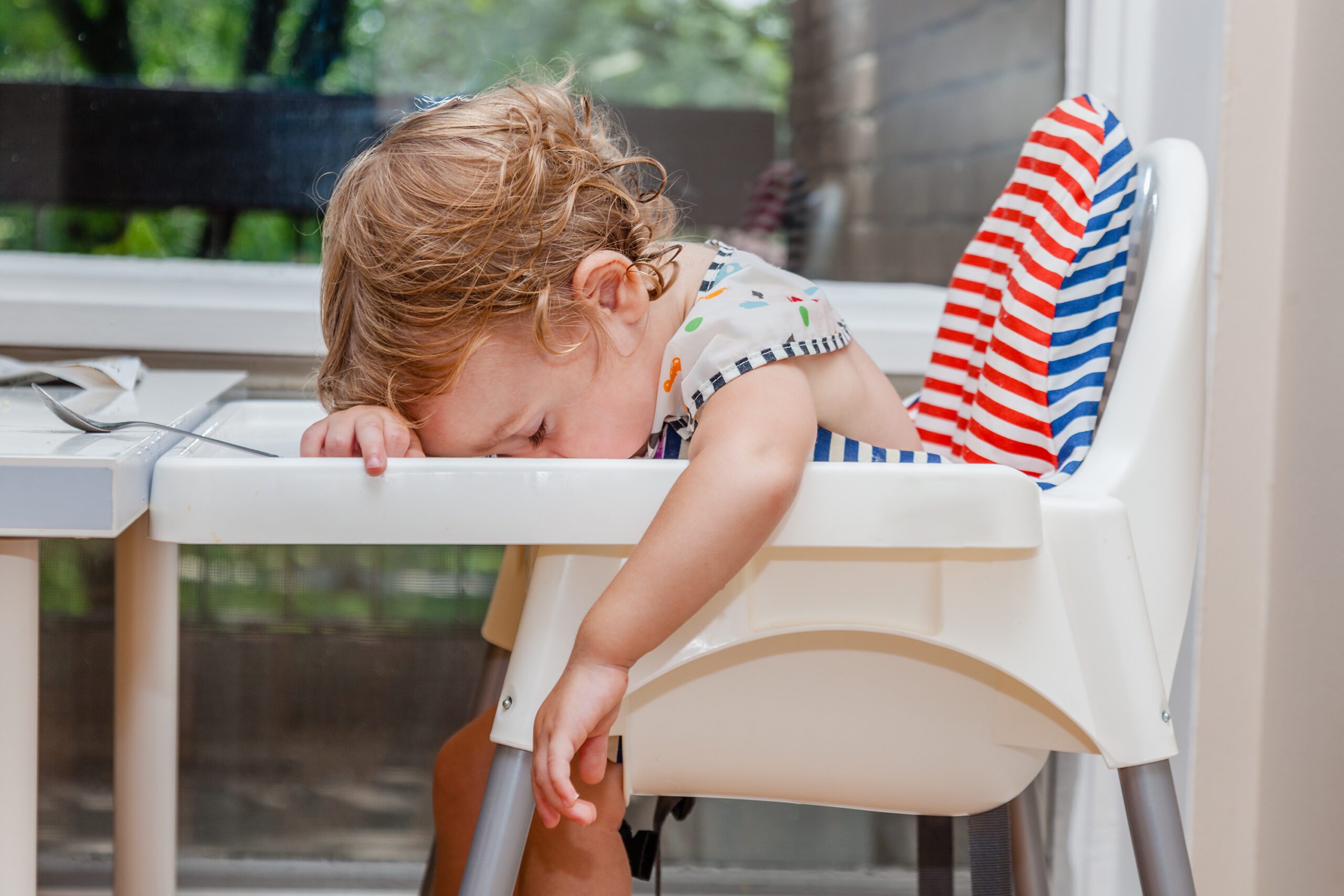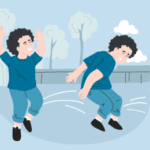
Blog
SPD Sleep Guide: Essential Sleep Checklist for Kids with SPD
July 11, 2024
SPD Sleep Guide: Essential Sleep Checklist for Kids with SPD
SPD Sleep Guide: Essential Sleep Checklist for Kids with SPD
For children with Sensory Processing Disorder (SPD), winding down and transitioning into sleep can be a significant challenge. The intricacies of SPD mean that usual sleep advice might not always apply, as these children may experience sensory information more intensely or differently than other kids. Creating a conducive sleep environment and establishing a consistent bedtime routine are pivotal in helping your child achieve the restorative sleep they need. This checklist is designed to provide parents and caregivers with targeted strategies to enhance sleep for kids with SPD.
1. Create a Sensory-Friendly Bedroom Environment
- Reduce Noise: Consider white noise machines or earplugs to drown out unpredictable or distressing sounds.
- Optimize Lighting: Use blackout curtains to minimize external light and consider dimmable, warmer lights to signal that it’s time to wind down.
- Control Temperature: Ensure the room is kept at a comfortable, cool temperature. Weighted blankets can provide comforting pressure without overheating.
2. Implement a Predictable Bedtime Routine
- Consistent Schedule: Try to stick to the same bedtime and wake-up time every day, including weekends.
- Relaxation Techniques: Introduce calming activities before bed, such as deep-breathing exercises or gentle yoga tailored for children.
- Limit Stimulating Activities: Avoid screen time, rough play, or stimulating activities at least an hour before bedtime.
3. Address Dietary Influences
- Mindful of Meals: Ensure dinner is well-balanced and avoid heavy, rich foods close to bedtime.
- Limit Sugars and Caffeine: Keep sweets and caffeinated products to a minimum, especially in the latter half of the day.
- Hydration Before Bed: Encourage drinking water earlier in the evening to minimize nighttime awakenings for bathroom visits.
4. Offer Comforting Sensory Tools
- Sensory Toys: Soft, non-distracting toys can provide comfort. Consider items like squishy stress balls or soft, plush animals.
- Weighted Blankets: For many kids with SPD, the gentle pressure of a weighted blanket can be soothing, mimicking a hug and promoting calmness.
- Comfortable Sleepwear: Use soft, seamless pajamas made from natural fibers to prevent irritation and discomfort.
5. Foster Open Communication and Reassurance
- Discuss the Sleep Plan: Talk about the bedtime routine during the day, so your child knows what to expect.
- Provide Reassurance: Check-in with your child about their sleep concerns or fears and address them reassuringly.
- Offer Choices: Where possible, allow your child to make choices within the bedtime routine, such as which pajamas to wear or which book to read, to give them a sense of control.
6. Monitor and Adjust the Plan as Needed
- Keep a Sleep Diary: Document your child’s sleep patterns and any disturbances to identify triggers or patterns.
- Be Flexible: Be prepared to modify the sleep strategy as your child grows or if certain methods become less effective over time.
- Seek Professional Advice: If sleep challenges persist, consider consulting a pediatrician or an occupational therapist specialized in SPD for personalized advice.
Creating a sleep-friendly environment and routine that accounts for the sensory needs of a child with SPD can significantly improve their sleep quality and overall well-being. Remember, patience and consistency are key as you work to find the best combination of strategies for your child.











































































